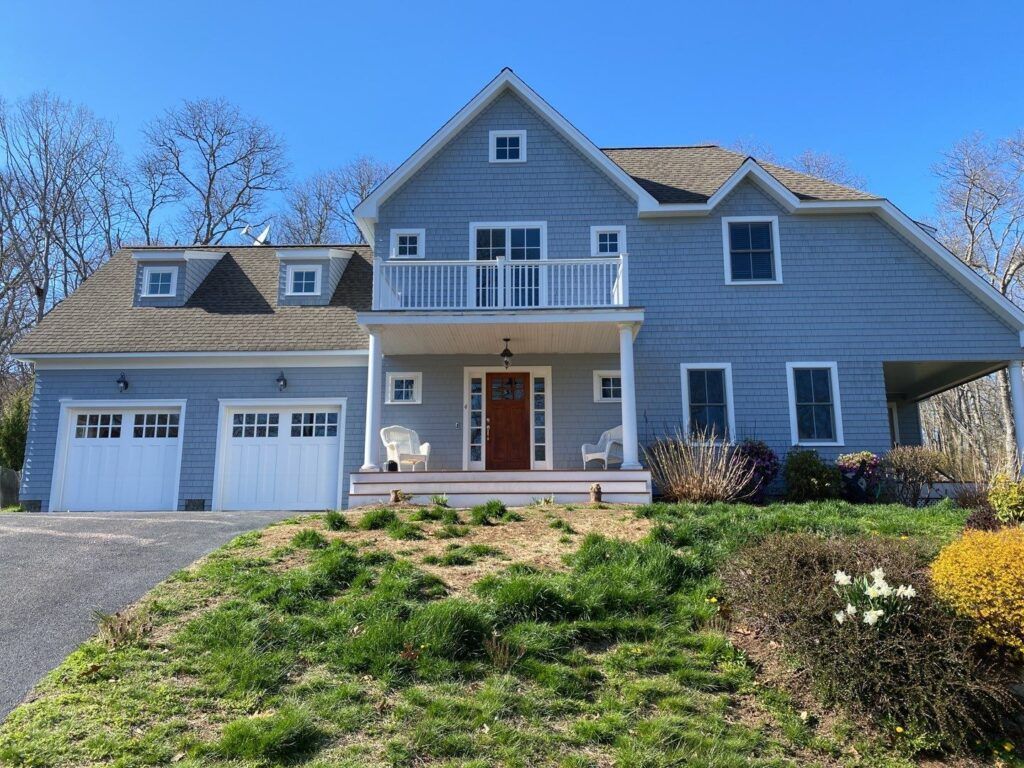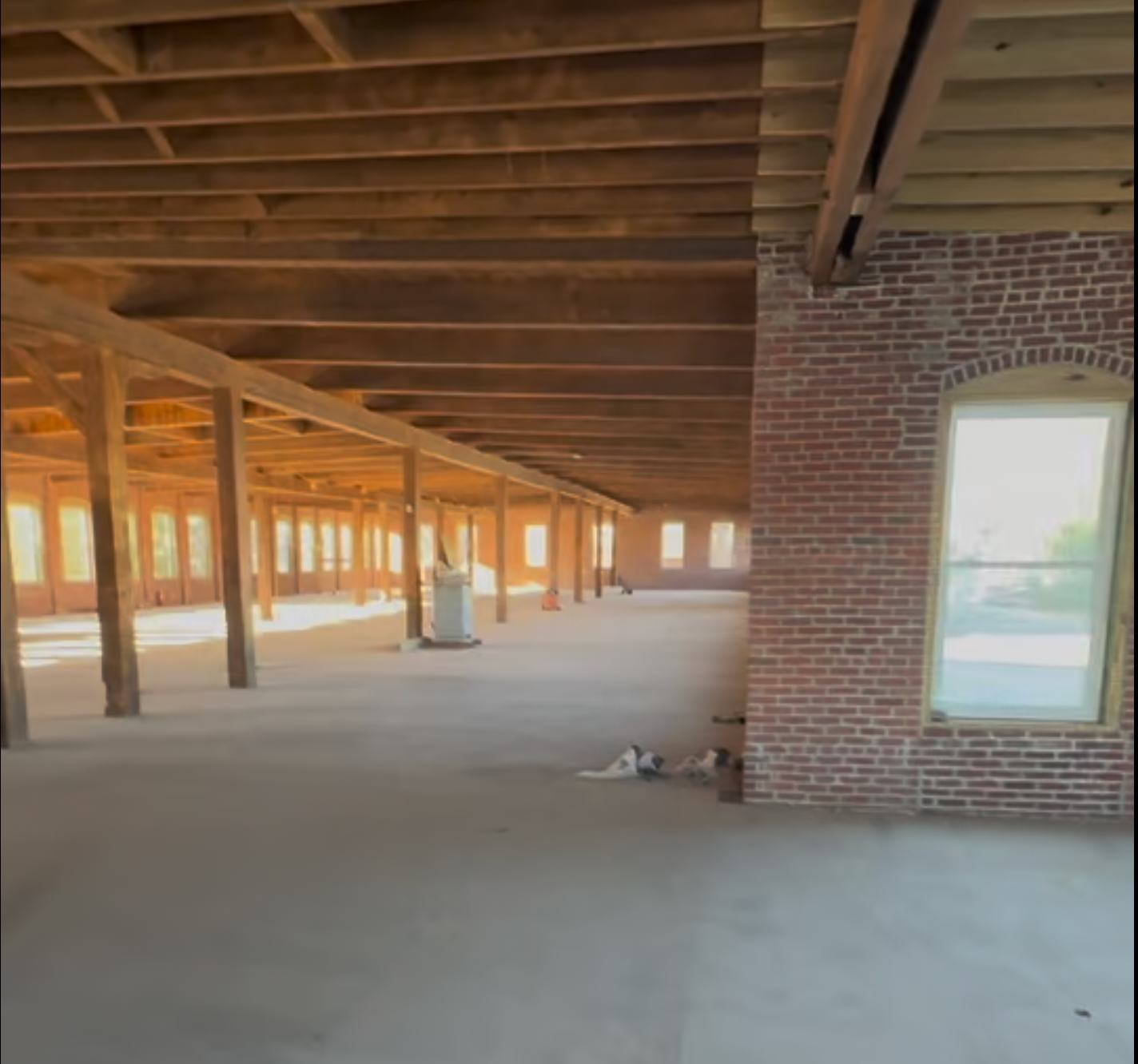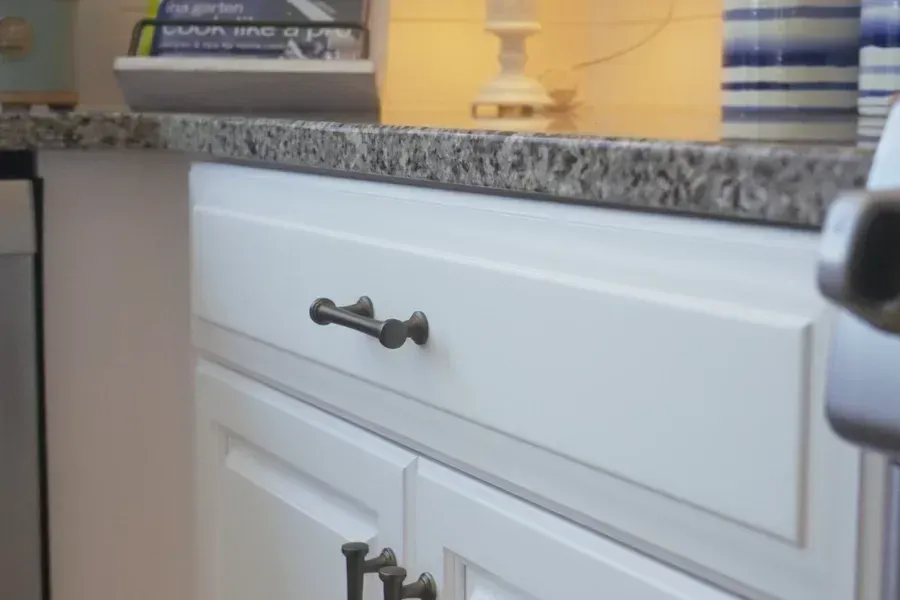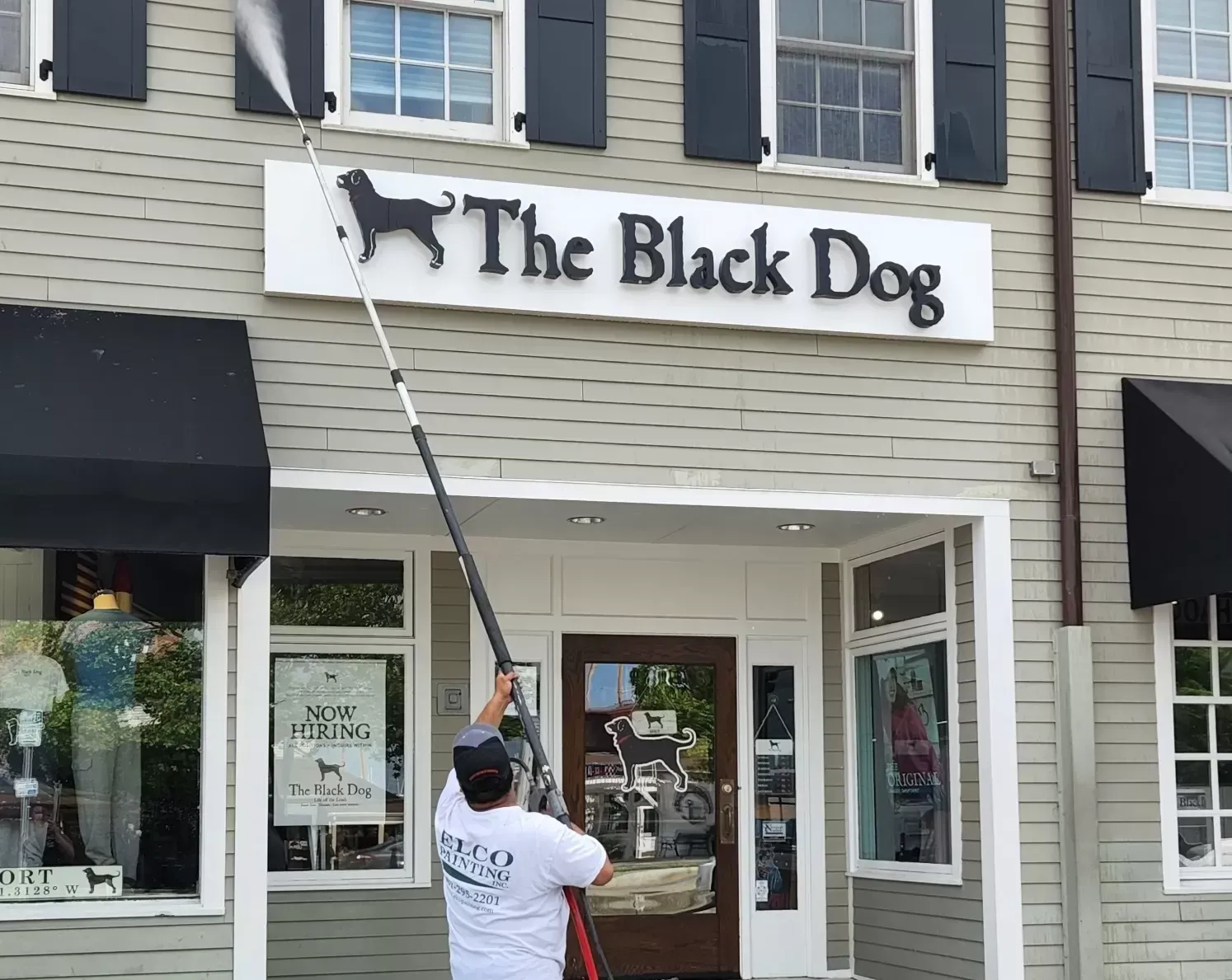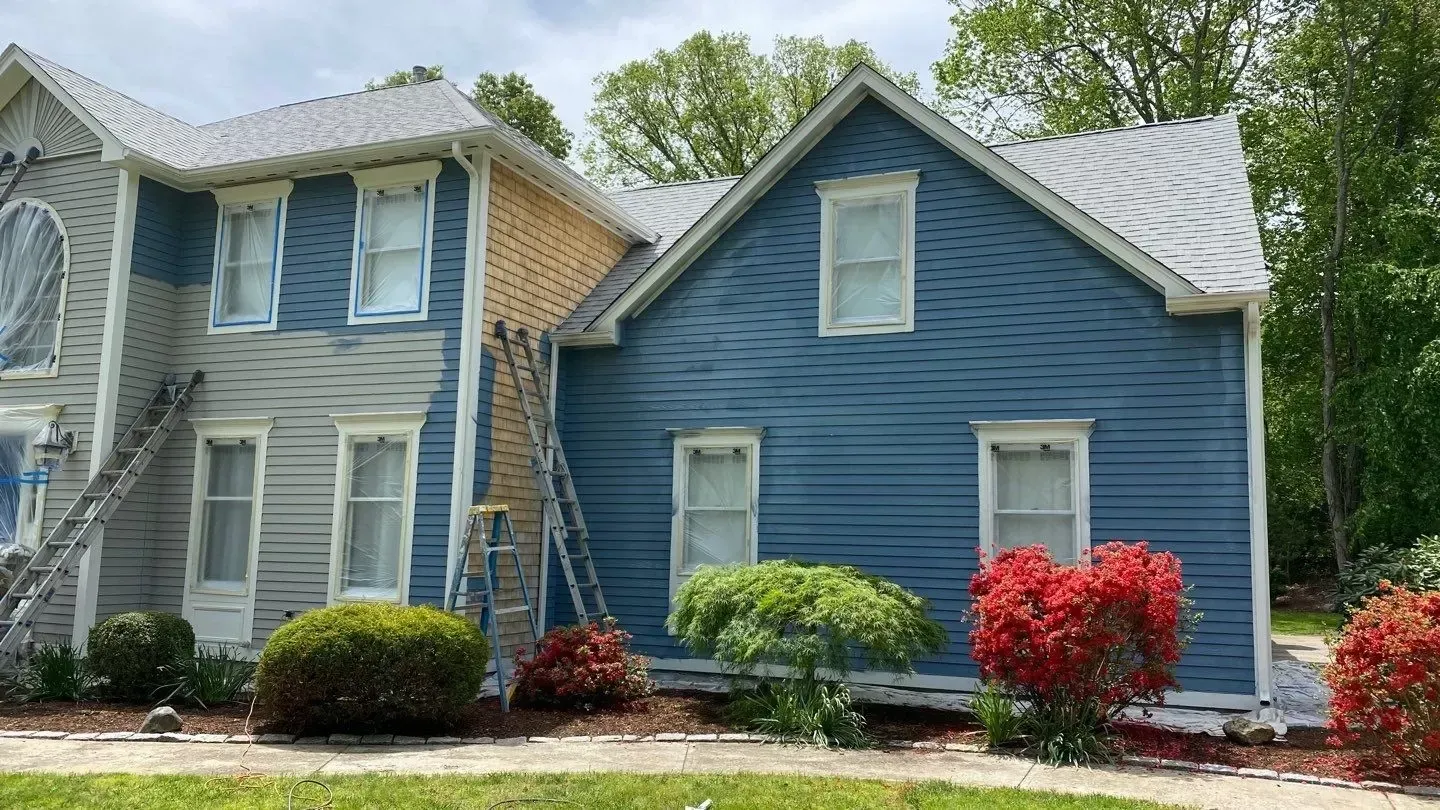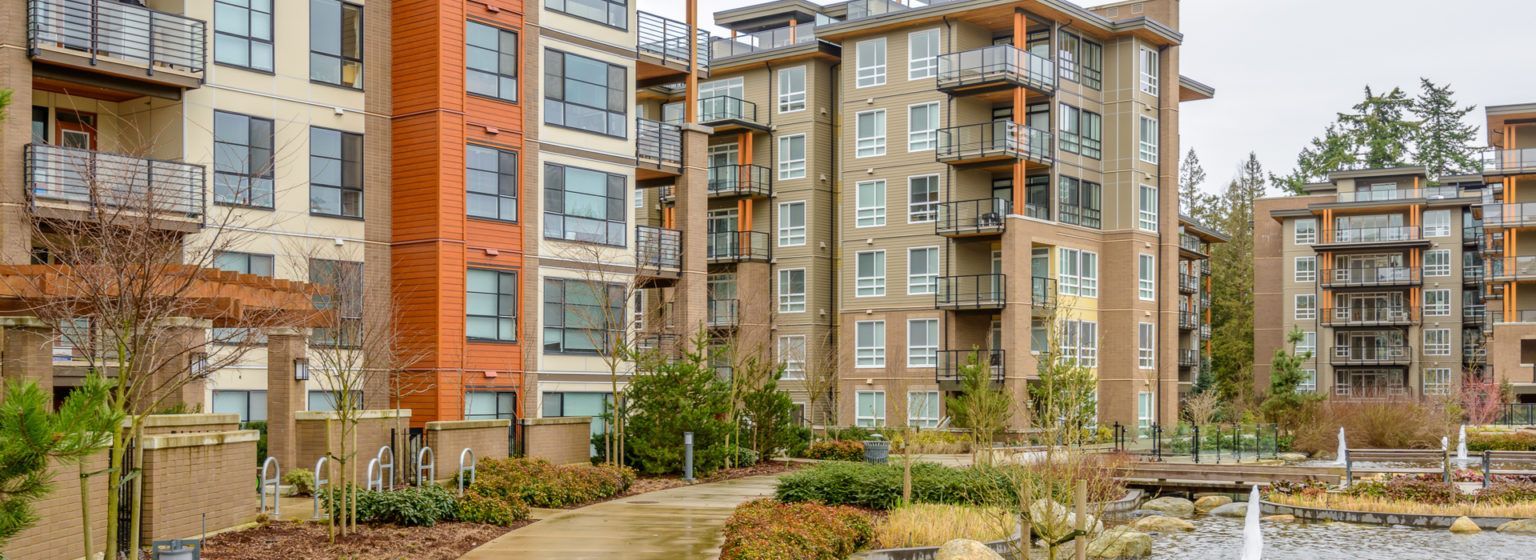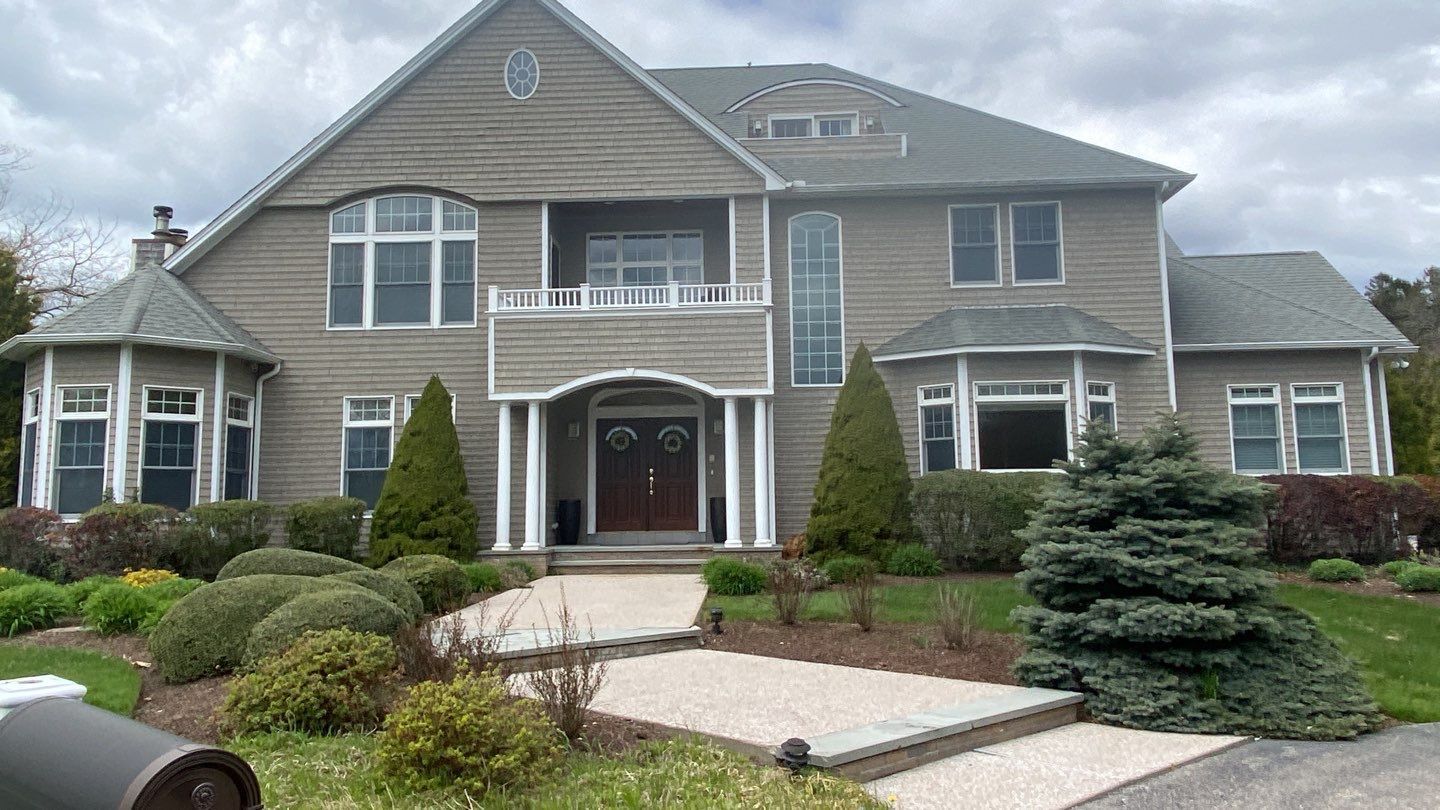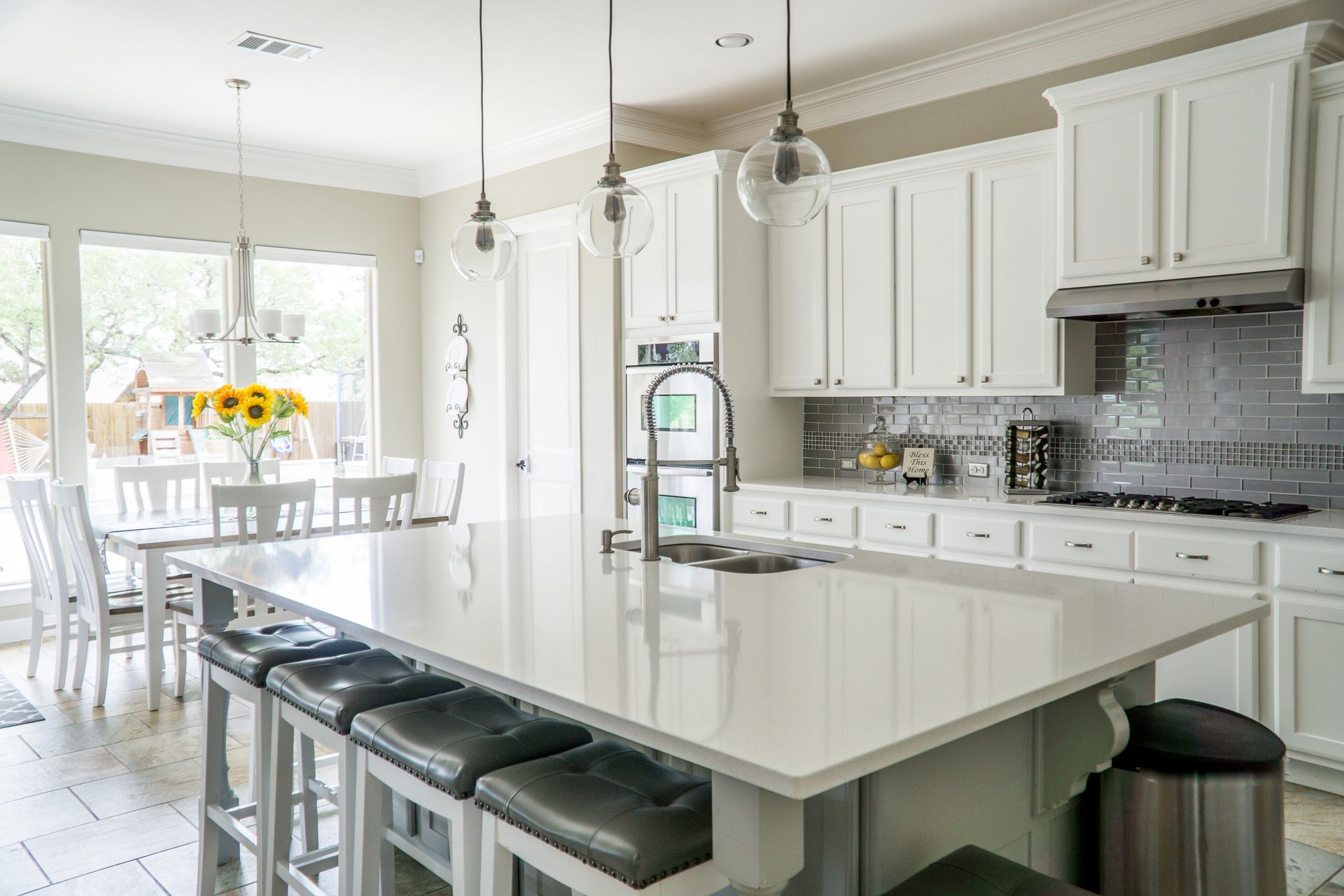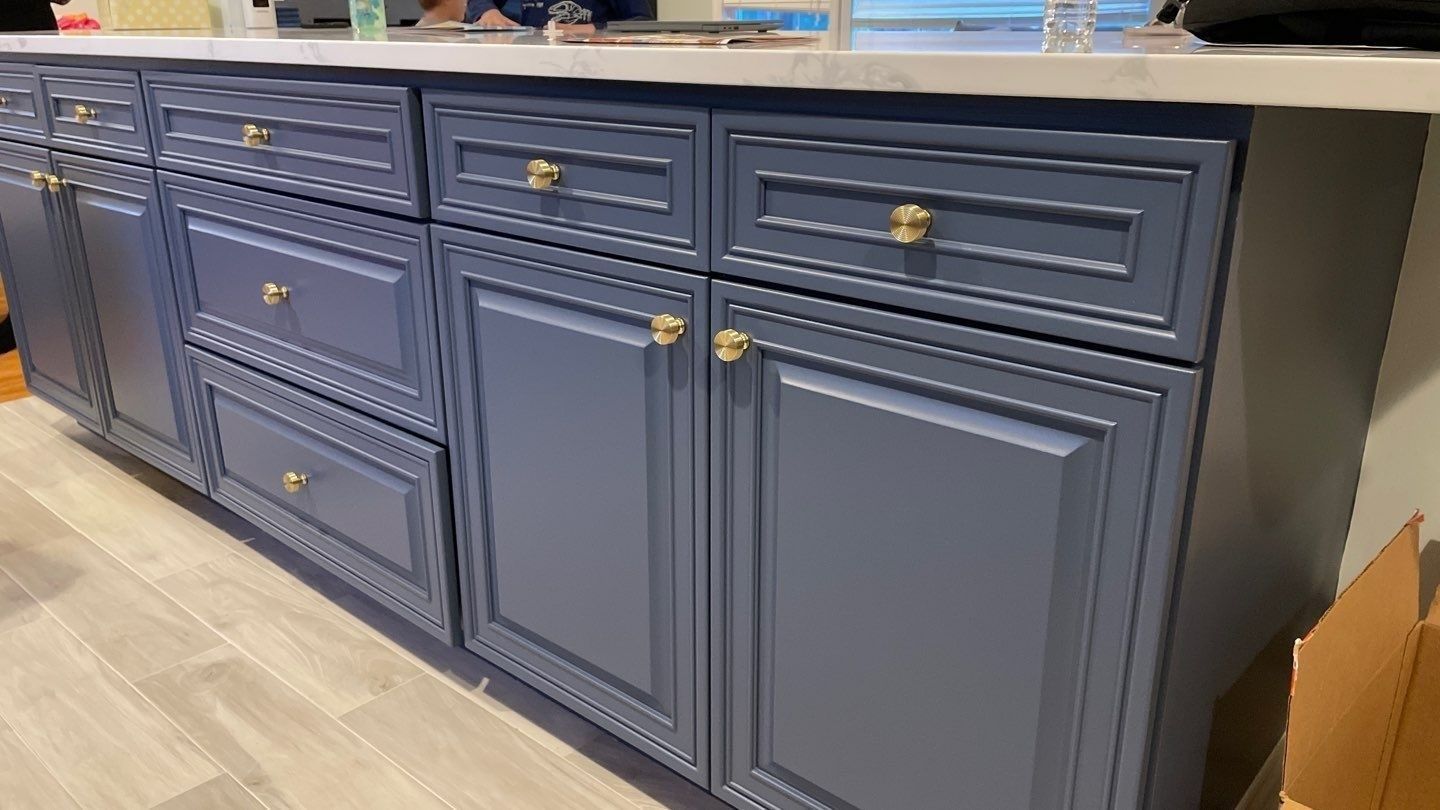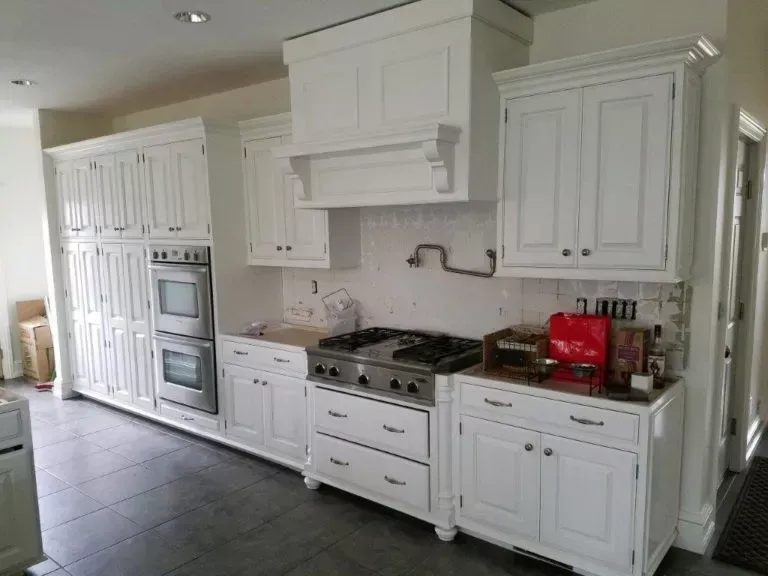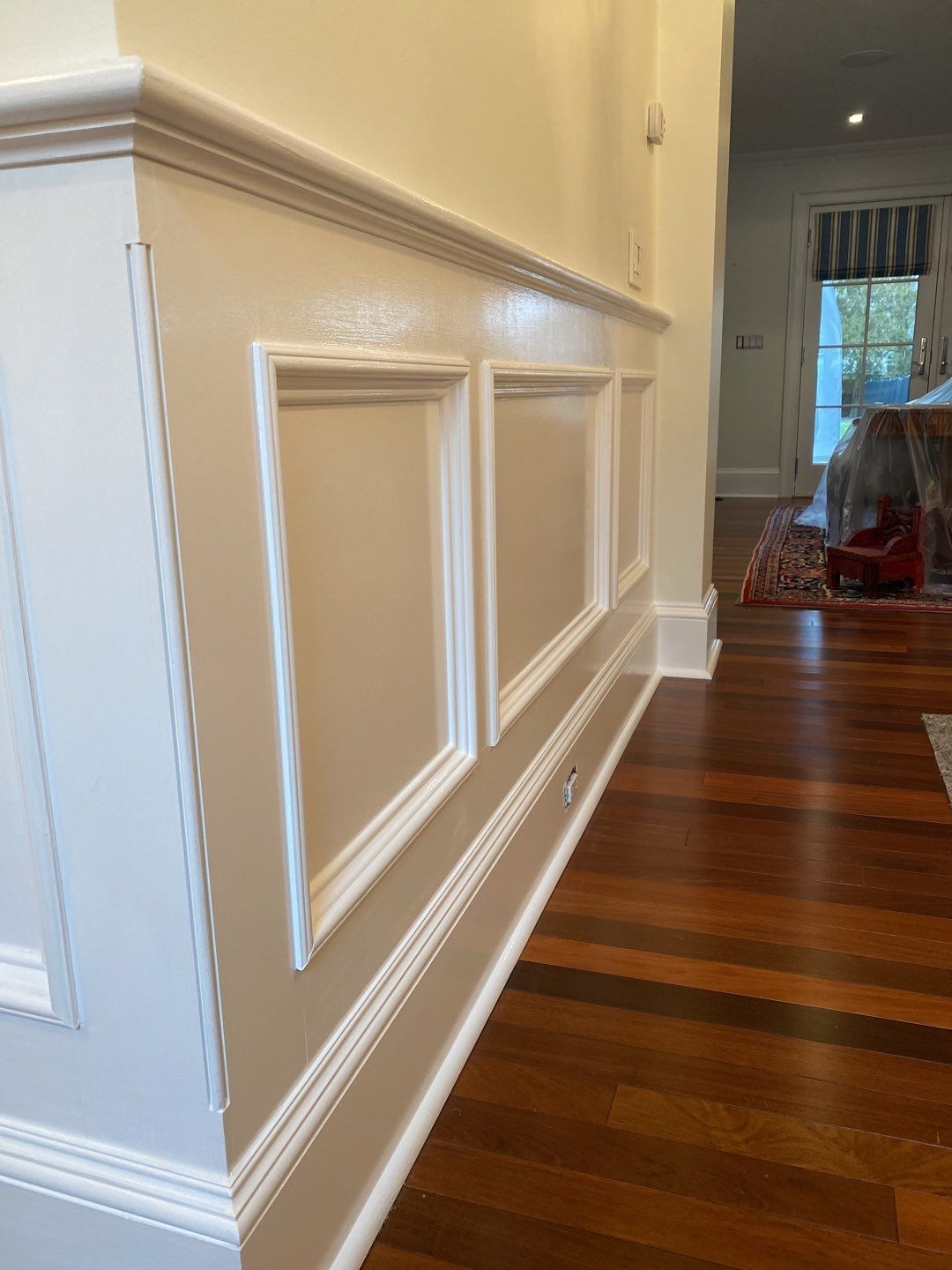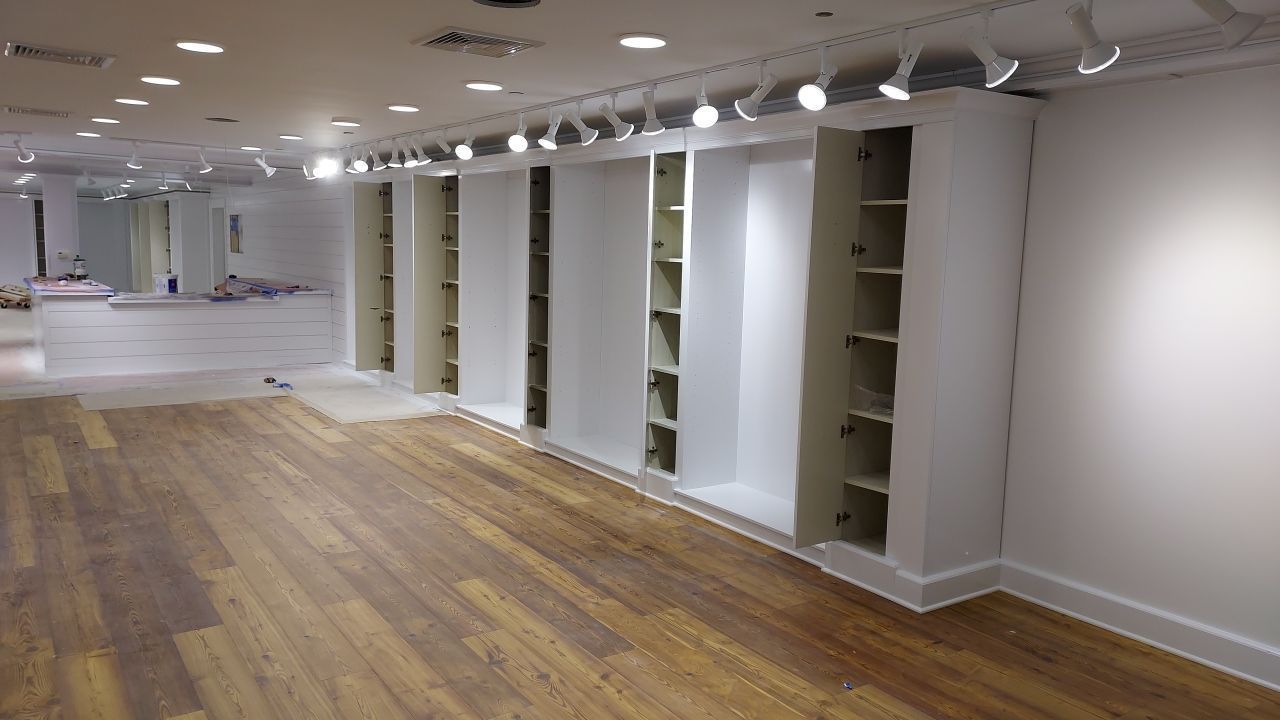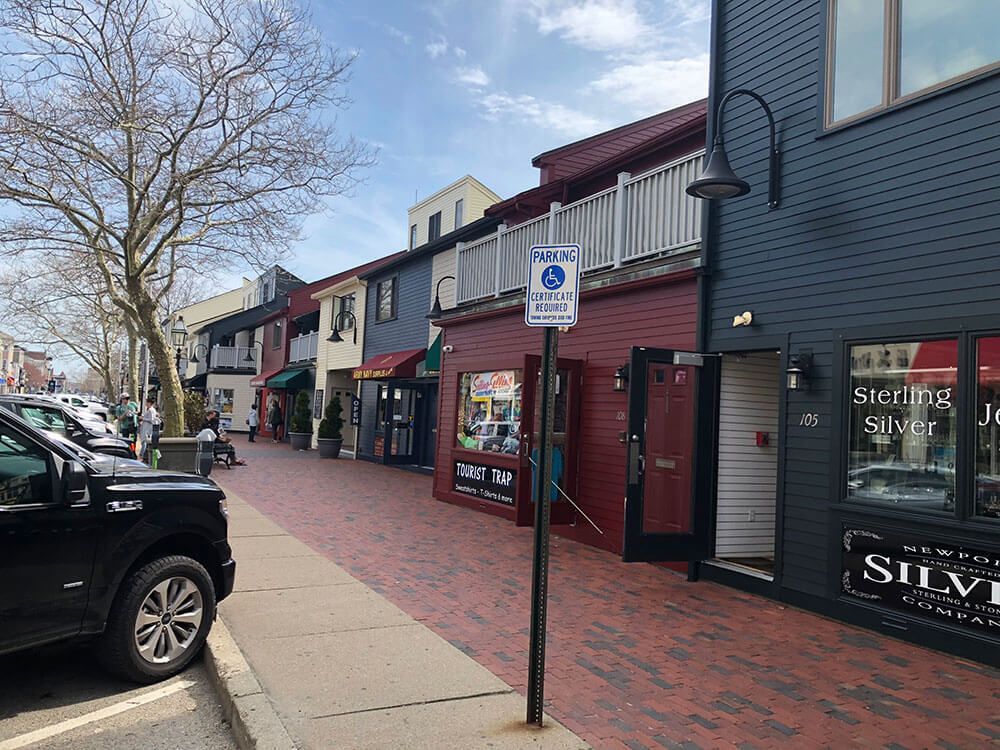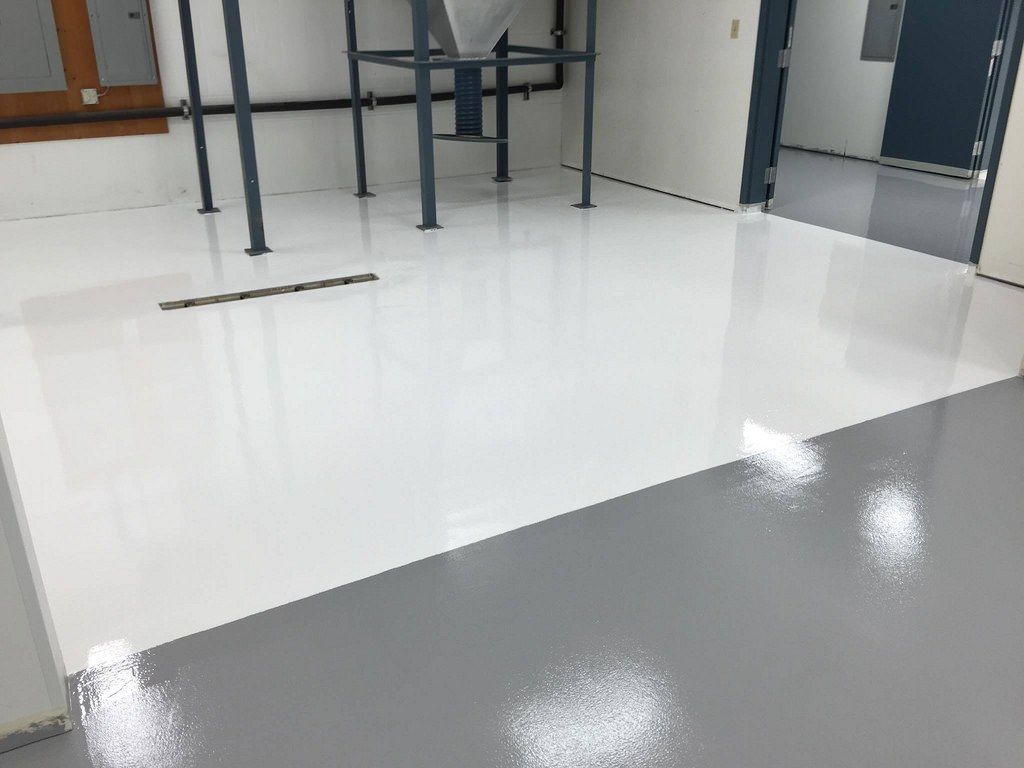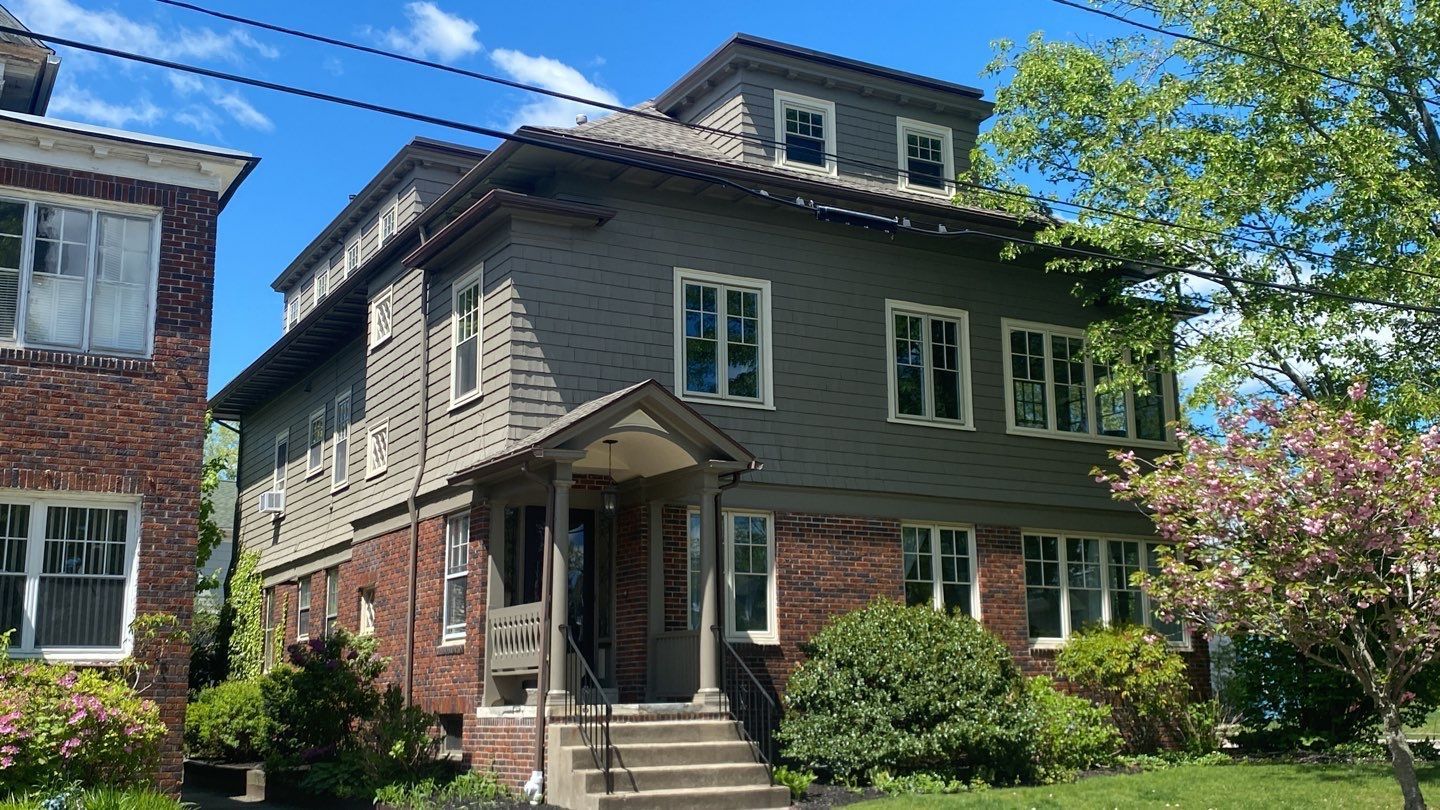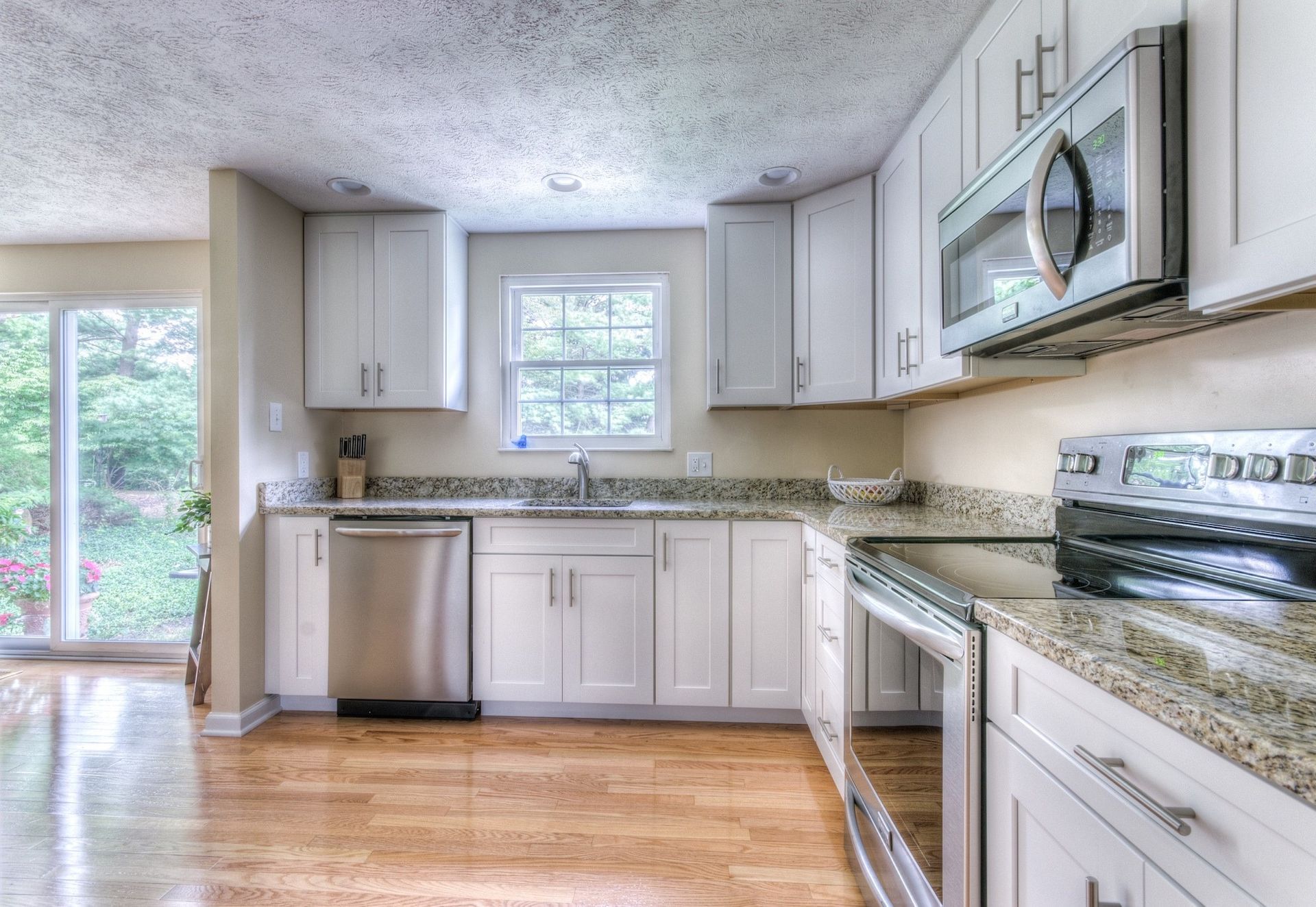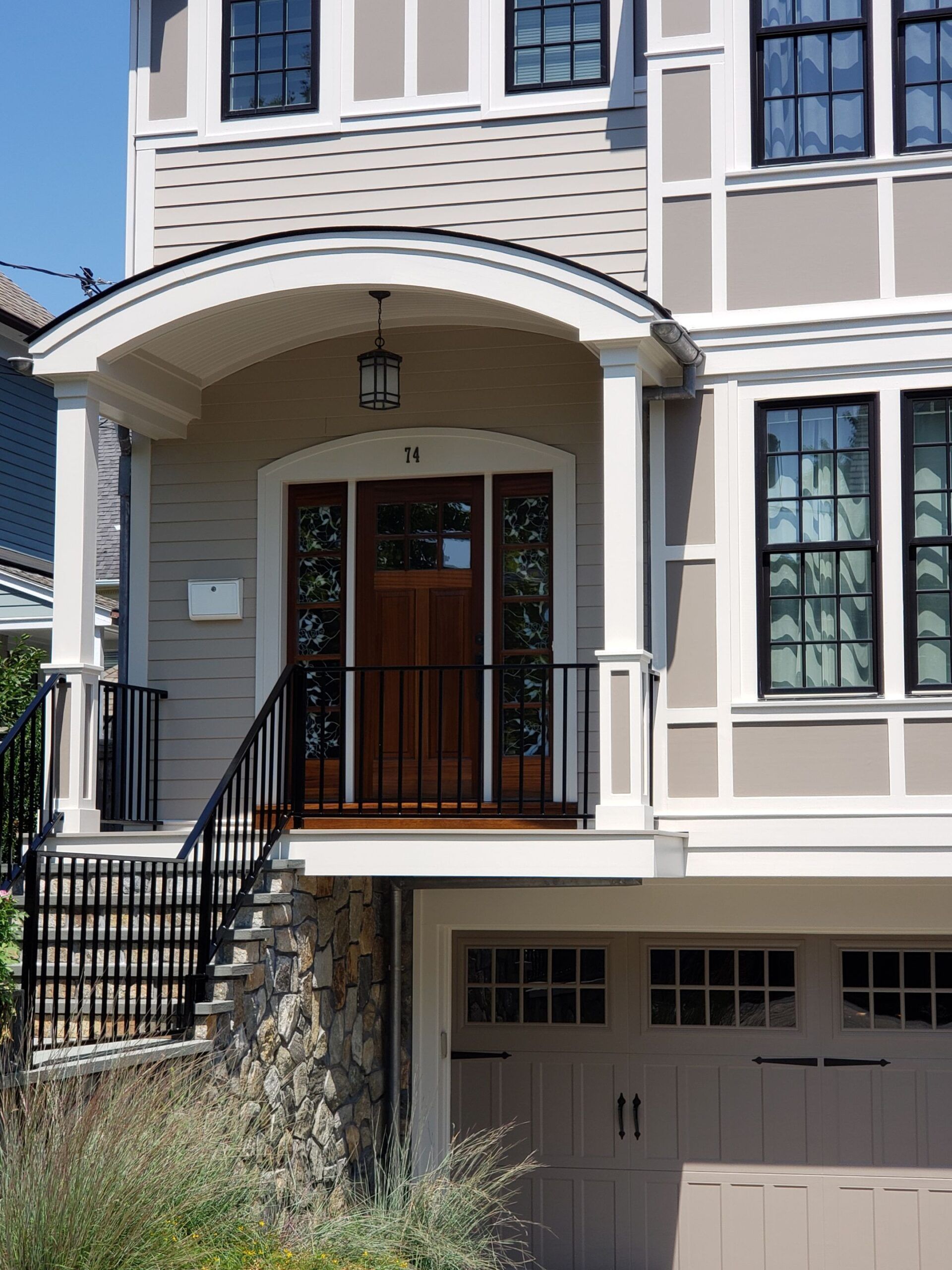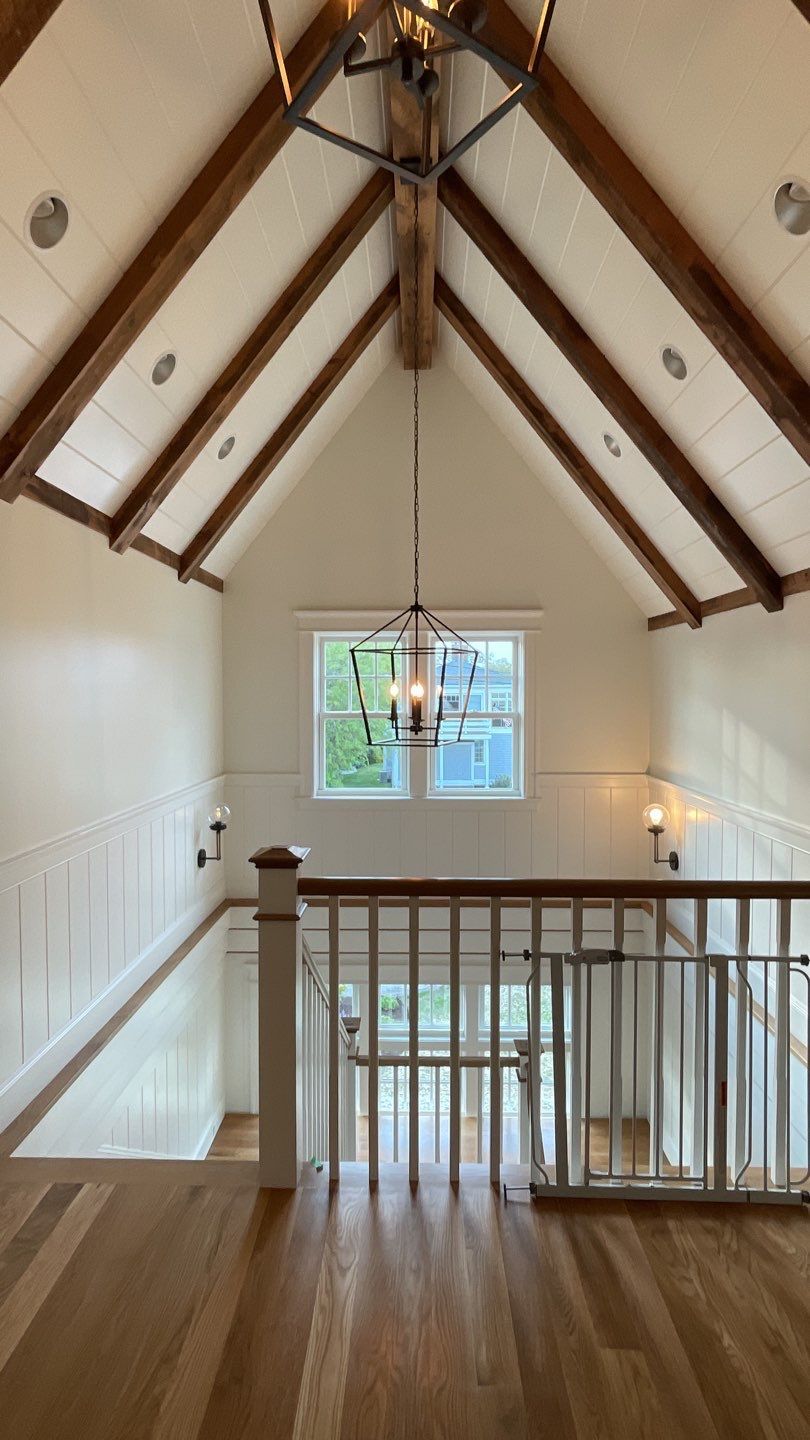Deck Staining vs. Painting: Which Is Better for Your Outdoor Space?
When it comes to sprucing up your deck, you’ll eventually run into The Question. You know the one:
“Should I stain my deck… or paint it?”
It’s a tough call. Both options offer protection. Both can look great. And both come with their own baggage. In this post, we’re unpacking the pros, cons, and all the murky in-between so you can confidently choose the finish that fits your deck and your sanity. No deep YouTube rabbit holes required.
The Basics: What’s the Real Difference?
Before you can pick sides, you’ve gotta know the players. Stain and paint may both live in the same aisle at the hardware store, but they’re totally different animals when it comes to how they treat your wood. Let’s break down what each one actually does.
Staining soaks into the wood, enhancing its natural beauty, letting the wood grain shine through.
Painting, on the other hand, coats the surface, covering blemishes and adding color. Want a white deck? Navy blue? Go for it. Just remember: you’re covering the wood grain entirely.
Durability: Does Paint or Stain Last Longer On a Deck?
Let’s not sugarcoat it: paint is more durable, especially the high-quality exterior kind. It forms a thick barrier that helps repel UV rays, moisture, and other deck-destroying villains.
Stain isn’t as robust, but it’s no slouch either. Oil-based stains offer solid protection and tend to wear away gradually, which sounds bad, but it’s actually easier to manage.
So who wins? If your deck gets a lot of sun or moisture, paint does last longer. But that doesn’t mean it’s always the better choice…
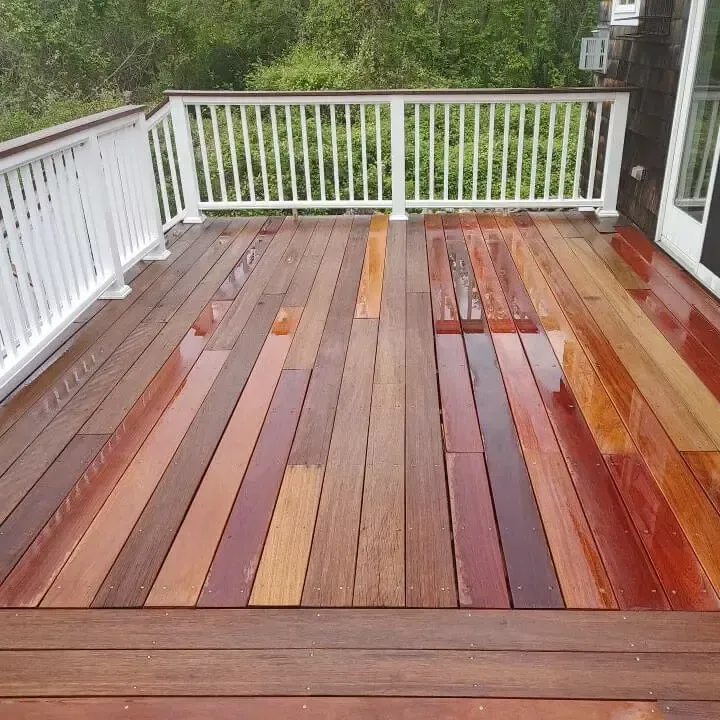
Maintenance: Which Is Easier Over Time?
This is where stain proves itself as more than a surface-level solution. When it comes to maintenance, stain fades gently and can usually be touched up without a full redo. No sanding, no peeling. Just clean it, stain it again, and you’re golden.
When paint goes bad, it goes really bad. Think peeling, cracking, and flakes in your flower beds. Repainting requires sanding or stripping the old coat, which means more elbow grease and more money.
Stain = easier maintenance. Paint = more work down the road.
Aesthetic Choices: Natural Charm or Total Color?
Want your deck to look like it belongs in a cozy cabin? Stain. Want it to match your shutters and door? Paint.
- Stain Pros: Brings out the wood’s character, great for a natural or rustic look.
- Paint Pros: Full color control, hides imperfections, adds bold visual contrast.
One thing to note: if your deck is already a bit… let’s say seasoned… paint does a better job hiding rough spots and repairs.
Quick Guide: When to Stain Your Deck, and When to Paint Your Deck
Still stuck? Use this mini decision guide next time you’re pacing your deck in indecision:
Choose Stain If You:
- Prefer a natural wood look
- Want easier prep and application
- Don’t mind more frequent touch-ups
- Like a low-sheen, subtle finish
Choose Paint If You:
- Want bold, customizable color options
- Need maximum weather and UV protection
- Have an older deck with visible damage or wear
- Are okay with more prep and long-term upkeep
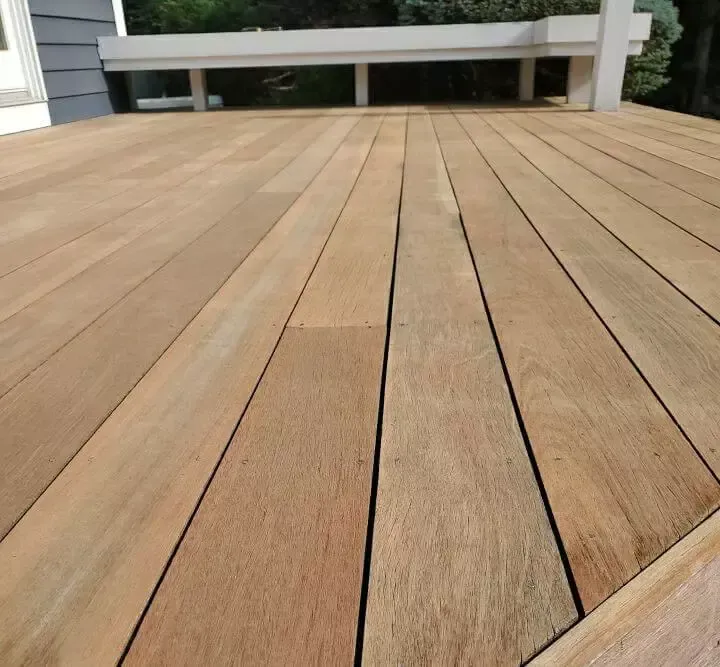
Avoid These Rookie Mistakes
Before you grab a brush and start channeling your inner weekend warrior, it’s worth knowing a few common pitfalls that can turn a simple deck refresh into a DIY disaster. Here’s what to watch out for:
Don’t paint over old stain without proper prep: Paint won’t stick to stained wood unless the surface is cleaned, sanded, and primed. Skipping these steps is a recipe for peeling and disappointment.
Don’t stain wet wood: If your deck is damp from rain or even morning dew, the stain won’t soak in properly leading to blotchy, uneven results. Always give your deck a couple of dry days before staining.
Don’t skip the cleaning step: Even if your deck looks clean, it’s probably harboring dirt, mildew, and memories of every BBQ you’ve ever hosted. Use a deck cleaner or power washer to start fresh.
Don’t use interior paint outdoors: This one’s a biggie. Interior paint isn’t built to handle sun, moisture, or temperature swings and it’ll fail fast.
Bonus Tip: Timing is everything.
Late spring or early fall is your sweet spot. You want mild temperatures, low humidity, and no rain in the forecast. Extreme heat or direct sun can mess with drying and curing times.
Final Verdict: It Depends (But We’ve Got Thoughts)
There’s no universal winner here, just the right solution for your space. If you’re after long-lasting protection and a clean look, paint might be your best bet. But if you love the character of your wood and want less hassle long-term, stain is hard to beat.
Whatever you choose, the key is doing it right. That means the right prep, the right product, and the right timing.
Have any more questions? Contact us at Elco Painting today! We’re here to help, every step of the way.
